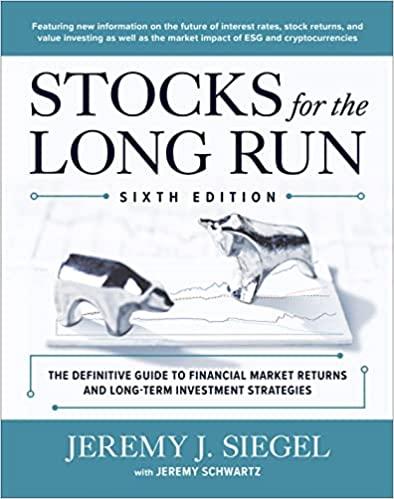Answered step by step
Verified Expert Solution
Question
1 Approved Answer
Resume the assumption that Mr Somebodys risk preferences are represented by the expected utility function ()=, and continue to assume that =0.25 . Suppose that
Resume the assumption that Mr Somebodys risk preferences are represented by the expected utility function ()=, and continue to assume that =0.25 . Suppose that a second asset becomes available: call it Beta. Betas return is equal to x, with probability , and 4, with probability 1, where x is a non-negative real number. The following table summarises the relevant information.

Step by Step Solution
There are 3 Steps involved in it
Step: 1

Get Instant Access to Expert-Tailored Solutions
See step-by-step solutions with expert insights and AI powered tools for academic success
Step: 2

Step: 3

Ace Your Homework with AI
Get the answers you need in no time with our AI-driven, step-by-step assistance
Get Started


